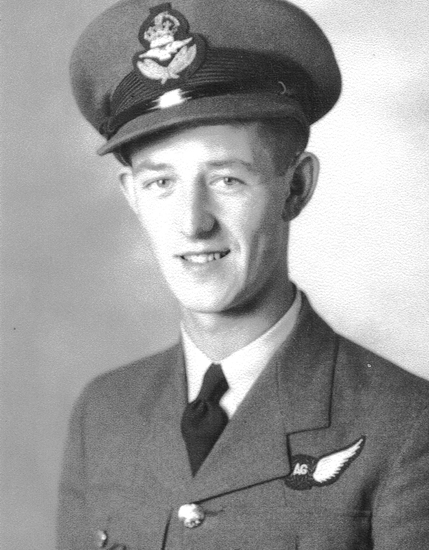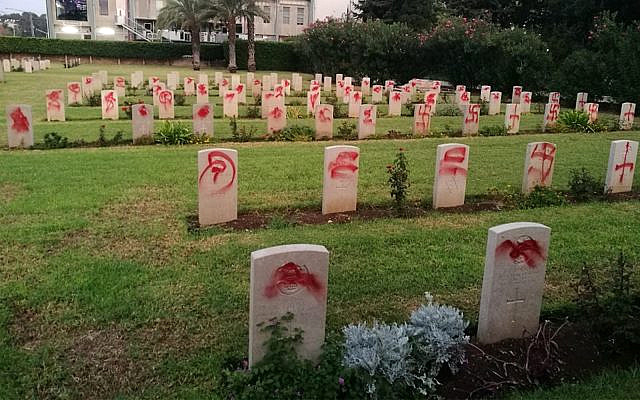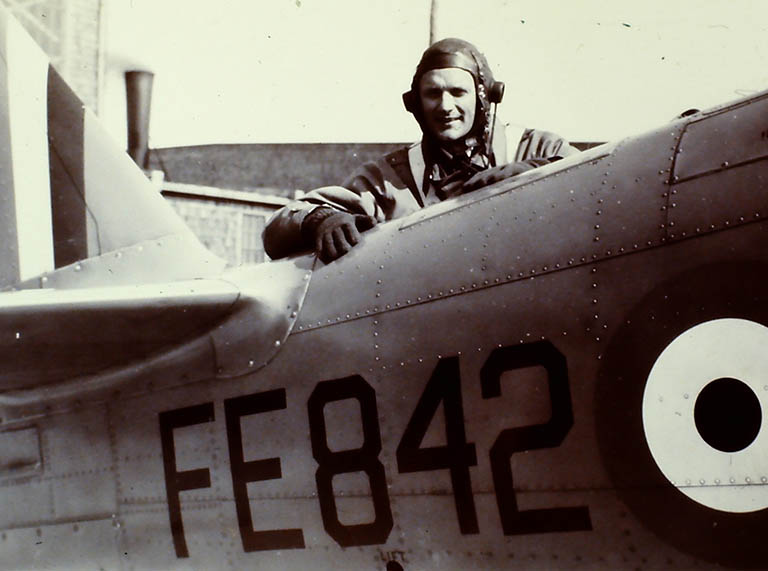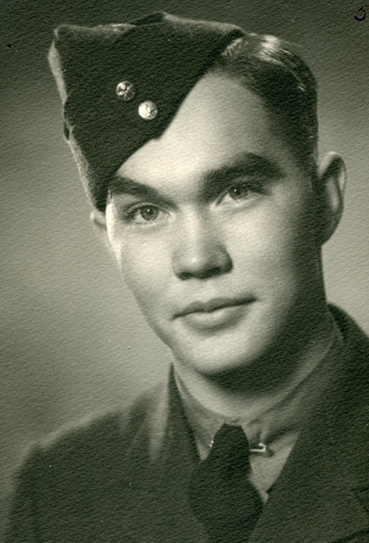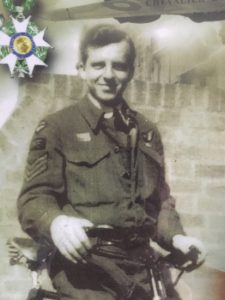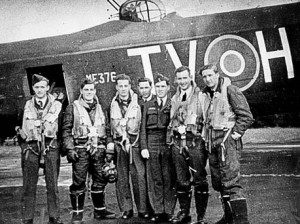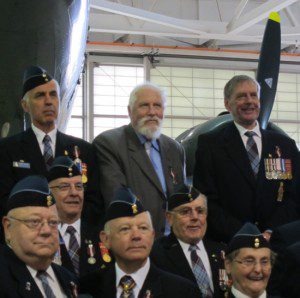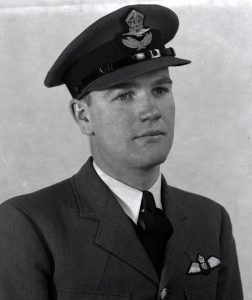
His first job in the RCAF in the Second World War was training young military aircrew for combat. U-boats, the submarines of the German Kriegsmarine (war navy), had descended like wolf packs on merchant shipping off the coast of Nova Scotia since 1940 – sinking upwards of 300,000 tons of freight destined for Britain each month.
So, Canadian bomber pilot Norville Everett (Molly) Small had to teach his green bomber crews not only how to handle their aircraft, but also how to surprise and try to sink U-boats on the Atlantic. He and his Canso (flying boat) crew got their first opportunity on April 28, 1942. They attempted to drop bombs on an unsuspecting U-boat. The bombs exploded, but wide of the target.
“The captain of the aircraft,” Molly Small later reported drily of his attack, “feels though the possibility of a clean kill is not very strong, he is certain that he made their back teeth rattle. He’ll do better next time.” (more…)

